So you’ve created a sublime new product and now you want to take it to market – but which channel is the right one for you and your product?
Food and beverage distribution channels each come with their own pains. It is worth deciding which ones you want to pursue early on and then setting up your market strategy around proper channel penetration. No matter which channels you select, getting in front of the appropriate decision-maker is going to require
alot of shoe leather and effort to get your products approved and into consumers’ hands.
One key element in this channel selection process is time and the bottom line is that it always means money. The ability to quickly and efficiently enter each channel makes a ton of difference in your brand’s exposure and sales revenue for your products.
Navigating these channels is what we do best and why Savvy Palate is the ideal broker for you.








Get our newsletter to be informed on food and beverage industry news and trends.